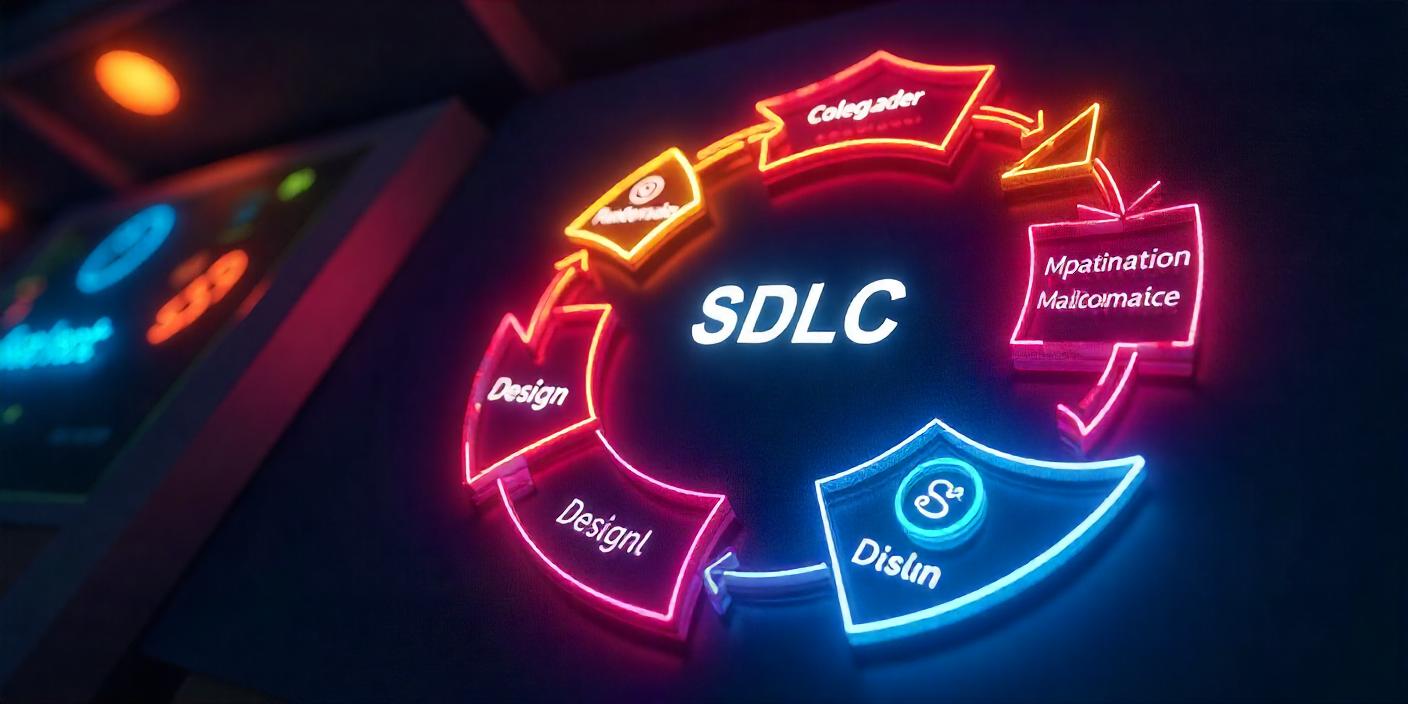Software Development Life Cycle
The Software Development Life Cycle (SDLC) is a structured approach used by software development firms to plan, create, test, and sustain high-quality software. It serves as a blueprint to ensure the project meets customer expectations, remains within budget, and is completed on time. Understanding the SDLC model is crucial for anyone involved in software development, whether they are software developers, project managers, or clients. Here, we will explore the key phases of the Software Development Life Cycle and understand how they contribute to building reliable and efficient software solutions.






 (15).png)
 (13).png)
 (11).png)
 (10).png)
 (1).png)